What to feed Scottish Fold cats with?
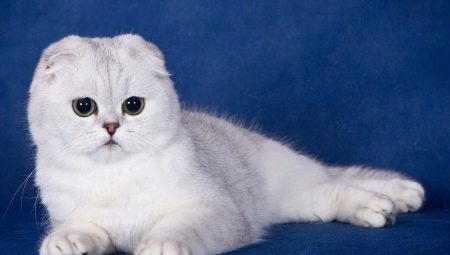
A cat or a Scottish Fold cat appeared in your family, and immediately the question arose about the pet's diet. After all, a properly selected menu is a guarantee of your pet's health, so it is so important to know how many times a kitten eats a day, and what should be included in every feeding at home.
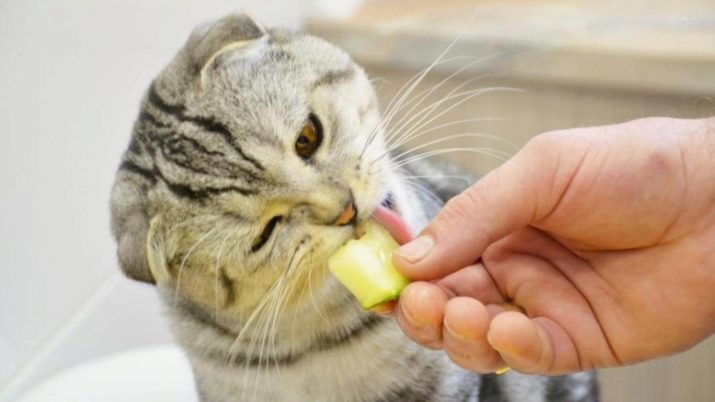
Nutrition rules
Kitten
From birth to 2 months, kittens feed on mother's milk. Such feedings can be up to 7-8 times a day.
Very rarely, the mother of a cat does not have milk, or for some reason she abandoned kittens, then the responsibility for feeding falls on the shoulders of the breeder.
In the veterinary pharmacy, special milk mixtures are purchased, which must be fed every 2.5-3 hours, including at night, until the kittens reach the age of 14 days. Then every 3 hours up to 1 month.
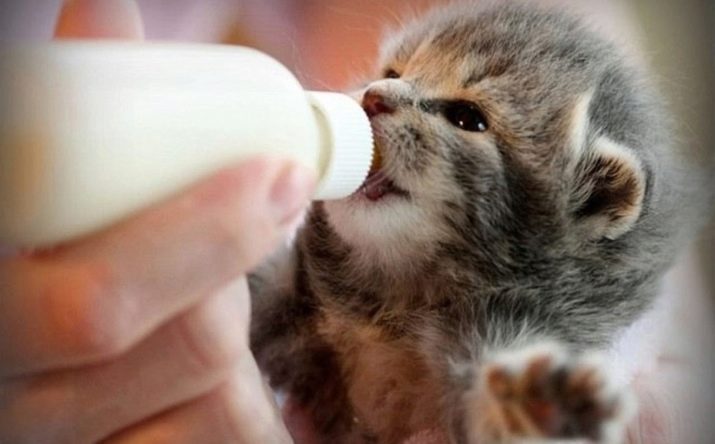
During this period, milk is the basis of the diet; there should be no complementary foods. During the second month, babies already need water, and it is also allowed to give food other than milk. Pieces of new food should be small, be sure to soak in milk or meat broth. At 2 months old, Scottish cats continue to drink milk. The number of feedings is maintained up to 7 times a day.
If you have planned to feed the cat with dry food, then start accustoming to it right now. Remember to get food of good quality and age appropriate.
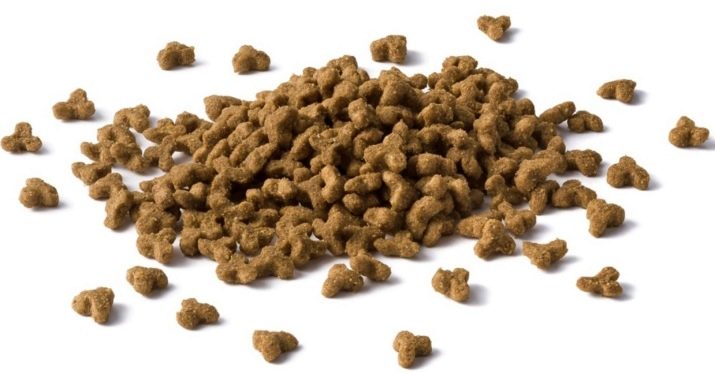
From 3 months, lactation in the mother stops. The number of feedings is still large and reaches 6 times a day. Food should be semi-liquid, milk can be given. From 4 to 9 months, gradually reduce feedings up to 4 times. Give more solid food, gradually increasing the density.
The ideal food for this transitional period when feeding ready-made food will be wet canned food, to which croutons from dry food are added.
At this age, it is also important to adhere to the dosage indicated by the manufacturer, as well as to choose food according to age.

Cottage cheese is allowed to be given no more than once a week, as it contains an excessive amount of calcium and, most likely, will lead to straightening of the ears in Fold Scots. But give the rest of the fermented milk products more often, about 3 times a week. From 10 months, it is already possible to transfer the cat to the adult diet 2-3 times a day. On a natural diet, give milk, cottage cheese is allowed more often from this moment.
The basis of the diet is meat; it is necessary to give cereals and vegetables. Be sure to give herbs fresh, in the form of a finely chopped supplement. When feeding dry food, choose the right manufacturer. This should not be a mass market, it is desirable to purchase premium feed. Divide the daily allowance by 2-3 times, pour into a bowl before eating. Provide constant access to fresh water.
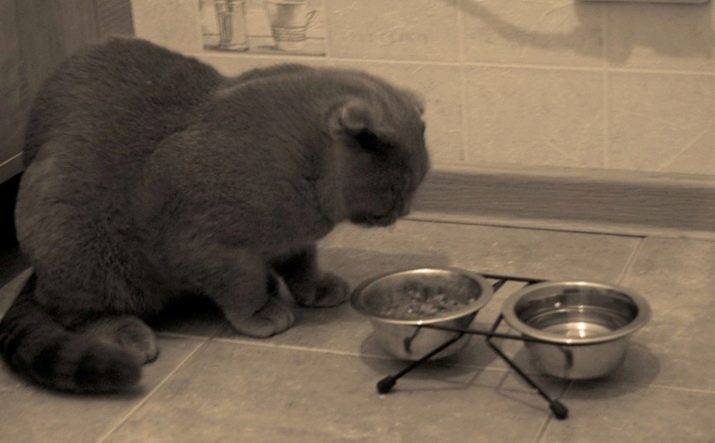
Adult cats
The rules for feeding cats over a year old on natural food include several points.
- Meat should be present in the diet every day, at every meal. Choose lean varieties: chicken, rabbit, beef.
- Fish in the diet is needed 2 times a week. Marine representatives with low fat content of meat are desirable.
- Give porridge about 3-4 times a week. It can be buckwheat, barley, wheat.
- Dairy products.
- Vegetables should also be on your pet's menu. The multiplicity in the diet is the same as that of cereals.
- Fruit can be given in small amounts, preferably in the morning. Choose unsweetened fruits: apples, pears. Rarely allow your pet to indulge in grapes.
- Give fresh herb daily. To do this, you can independently germinate wheat, green buckwheat. You can also purchase special herbs from pharmacies.
- On natural food, cats need supplements in the form of vitamins and minerals once every 6-12 months.
- It is forbidden to give cats food from your table, as well as pamper them with pastries, pastries.

When feeding with dry food, you will not have any difficulties. Manufacturers have fully taken into account the pet's needs for nutrients, vitamins, minerals, supplements in the form of herbs. You will only need to comply with the dosage indicated on the pack.
If your pet is not a glutton, you can fill the bowl once a day in a volume equal to the daily dosage. However, if your cat empties the bowl right away and asks for more, refill the bowl just before eating.
The most important thing on artificial feed is constant access to fresh water. Since there should be a lot of it to digest crackers.

Sterilization
After a year, you need to decide whether you will neuter the kitten or not. If you have made the decision to sterilize, you first need to transfer the cat to special food and only then send the animal for surgery. With natural feeding, you will simply need to reduce the serving size and total fat content of the sterilized cat's diet.

Features of natural feeding
Let's take a closer look at the list of permitted foods for breastfeeding.
- You have chosen lean meat, but how to feed it to your pet? Make minced meat and place in the freezer for about 24 hours. This is an excellent prevention of helminthic invasions. Before cooking, take it out and pour over it with boiling water. Cats should get meat on a daily basis as they are carnivores. You can diversify the menu with offal: chicken stomachs, liver, hearts. They must be boiled until soft. You can make pates from the liver.
- It is very important for the growth of kittens and fish. You can't offer river fish to Scottish Folds.There are a lot of sharp and small bones that can damage the delicate intestines of a cat. It is best to choose sea fish, hake, perch, carp. Fillet the carcass, boil in salted water for about 20 minutes. Make sure that there are no bones left, only then offer the dish to your pet. Do not feed fish too often, once a week is enough.
- Give porridge with meat. It should be buckwheat, barley, wheat. Boil them until tender, you can add a little oil. Porridge should not be given daily, they are included in the diet 3-4 times a week.
- Also combine meat with vegetables.... They can be given both cooked and raw. Choose foods your cat loves. Experiment, it can take a long time for your kitten to get used to the vegetables. Give them 3-4 times a week as well.
- Milk and fermented milk products. There is no need to give milk after a year. It is poorly absorbed by adult cats. But fermented milk products are what a pet needs. Give fermented baked milk, kefir, cottage cheese, cream. Make sure that the fat content is not too high. Cottage cheese is enough 2 times a week, but the rest of the products about 3 times.
- Fruit will also be good for the Scotsman. But if the cat refuses the treat, you shouldn't insist. Usually pets are very fond of pears, apples, grapes, bananas. They must be entered into the menu once a week.
- Cats need grass for good digestion. Kittens are reluctant to eat it. Cut as small as possible, mix with cereals and vegetables. It is best to use fresh grass that you need to grow yourself. If this is not possible, purchase a special mixture from your veterinary pharmacy.
- Remember that natural food is not balanced in vitamins and microelements, so your cat will need feeding. For the first time, be sure to consult with your veterinarian about the composition and frequency of intake of dietary supplements. In the future, they must be applied once every six months - a year. Focus on the condition of your pet's coat, as well as the level of activity. With a lack of vitamins, the wool will lose its shine and will shed very much.

All these principles will allow you to provide your cat with decent content.
The difficulty of such a diet is that it is necessary to prepare new portions every day, to keep the balance and volumes of food.
Industrial feed overview
Dry food is devoid of all of the above disadvantages. You don't have to stand at the stove every day, coming up with new combinations of dishes. In adulthood, cats independently regulate the amount of food eaten at a time, and babies need to fill a bowl several times a day. When feeding croutons, it's easy to make sure your cat doesn't overeat. Also, you do not need to introduce special additives into the cat's diet. Vitamins, minerals, trace elements, grass and fiber have already been added to commercial feed. Another undoubted plus of such a diet is a decrease in the volume of feces.
In order for you to be completely sure of the quality of the feed, you must carefully read the composition indicated on the package. Look for manufacturers that add natural meat in the form of dried fiber. A high-quality food should not be free of foreign impurities, such as dyes, flavor enhancers, flavors. All this is present in the feed of the mass market. They are made with low quality ingredients. For cats, it's like chips and crackers for humans.
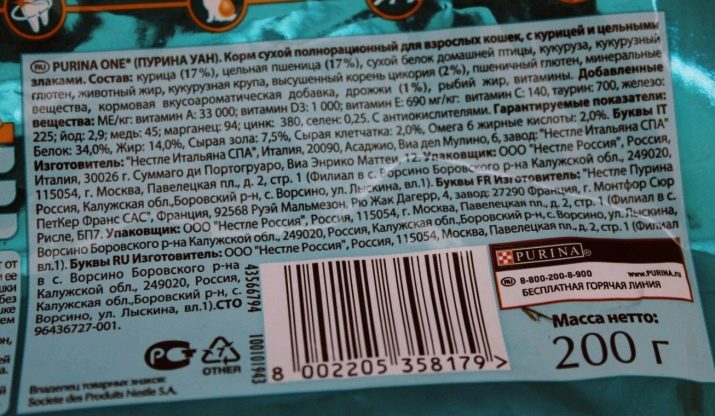
Elite premium food, on the other hand, is perfect for your Scotsman. This can be: Pronature, Purina, Royal Canin and a special series for kittens Royal Canin Size nutrition Mini Junior, Hills and Hills Science Plan Puppy & Kitten - for babies, Eukanuba Puppy & Junior Small Breed - only for the little ones.
It is desirable that these feeds be produced in Europe or America. There is a strict selection of quality.
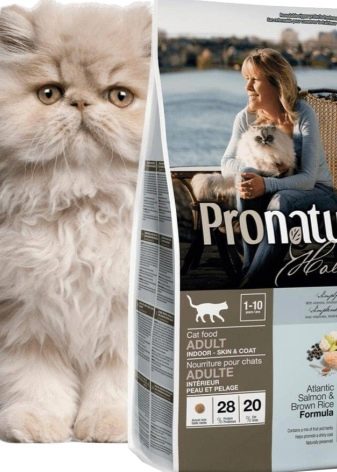
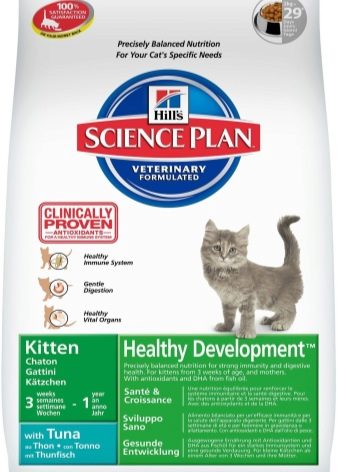
Buy kittens special food that is age appropriate. Do not exceed the dosage indicated on the pack.
In order to transfer the baby to "crackers", a transitional period is required. At first, cook weak meat broths and soups, where soak the crackers completely. This option is suitable for a 2 month old kitten. Over time, slightly change the consistency and by the sixth month, crackers should come across in the food. The full transition should be completed by 9-10 months. From a year on, there will be food for an adult cat. Provide water for your cat to digest industrial food.
Place a bowl for liquid next to the food bowl. Change the water every time you eat. Its attenuation, as well as flowering, is unacceptable.

Mixed option
A feeding option that combines natural and industrial nutrition also has a right to exist. There are a few simple rules to follow:
- you can not give dry food at the same time as natural food;
- before giving industrial feed, make sure that at least 4 hours have passed after eating naturalka;
- frequent changes in homemade food and industrial feed are not recommended by veterinarians, as different mechanisms of the digestive tract are used for digestion, and problems can arise.

What shouldn't be given?
We have analyzed in detail the rules of nutrition, discussed what can be given to Scottish Fold cats. Let's now define what they can't.
- Food from the master's table. Smoked meats, pickles, confectionery products are harmful to a small organism.
- Milk for pets over a year old can be disastrous.
- Poor quality feed. We have already said that they are made from low quality ingredients and only harm the "Scots".
- Fat meat: pork, lamb are difficult to digest and can lead to indigestion.
- Raw, unprocessed meat, in which parasites may be present.
- River fish is prohibited, since it contains a large number of small bones.
- Onions, potatoes are not digested by the cat's body.
- Parsley, dill, cilantro - can push the cat away from food.
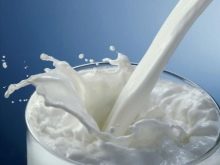
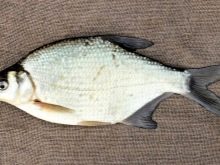
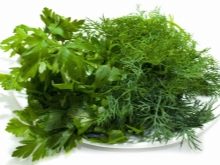
Fatty meats, baked goods, pastries will lead to obesity of your pet, especially if it is castrated. Therefore, do not accustom the cat to them from infancy. If you don’t know the taste of a dish, it’s easy to refuse it.
Frequent consumption of sweet fruits is undesirable, as they can lead to diabetes in your pet.
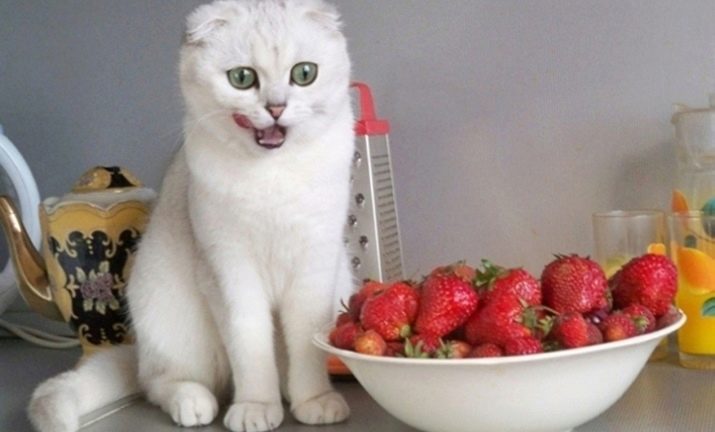
You will learn more about the rules for feeding Scottish Fold cats by watching the following video.
Advice
Experienced breeders recommend that from the first day of a cat's stay in your house, decide on the principles of feeding it. Usually, acquaintance with food takes place in the breeder's house, so when you get a cat, ask what it was fed before you. The nursery will tell you in detail about feed, give advice on how and in what quantity to give food.
Remember that after neutering, during pregnancy and in old age, cats need a special type of food. Dry food manufacturers have foreseen this and have released a line of products for every condition of your pet.
































